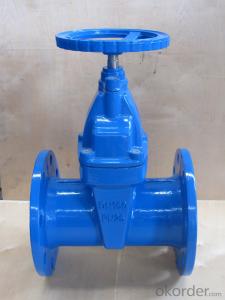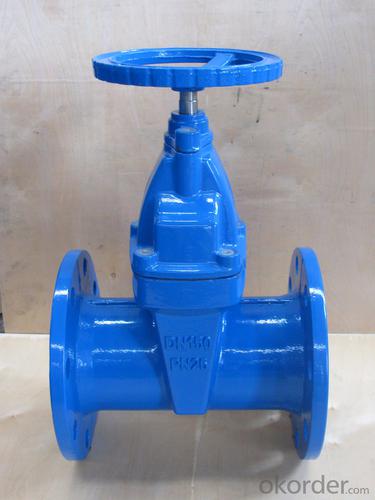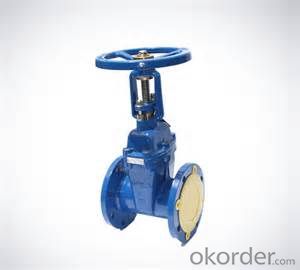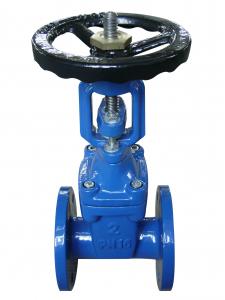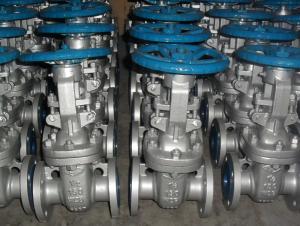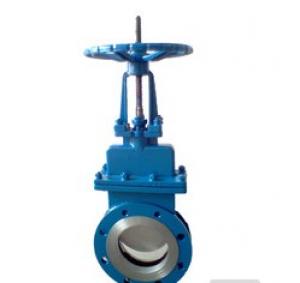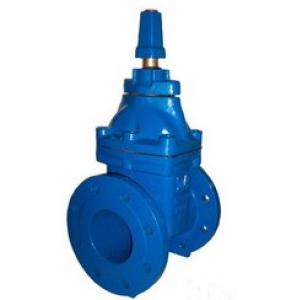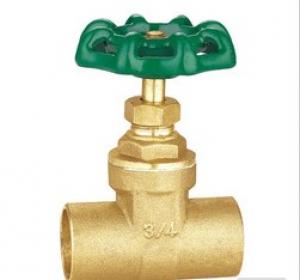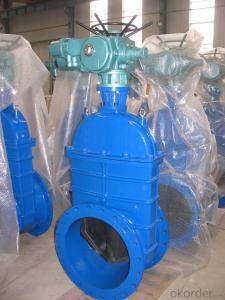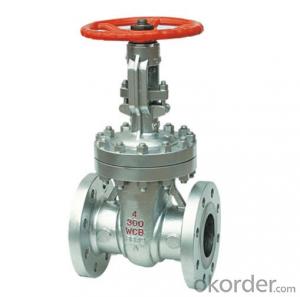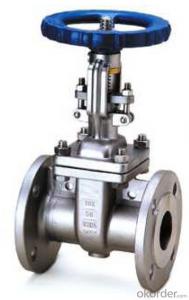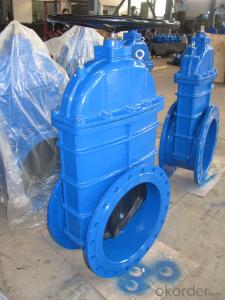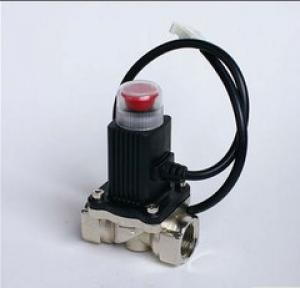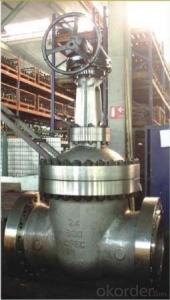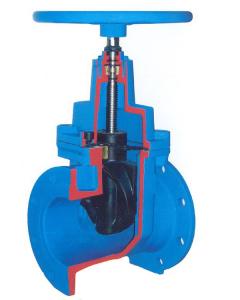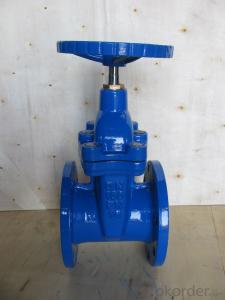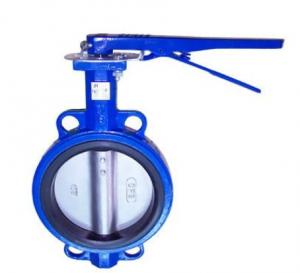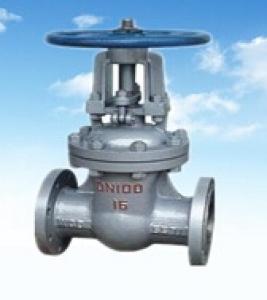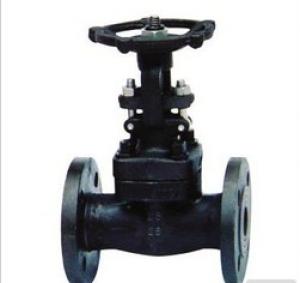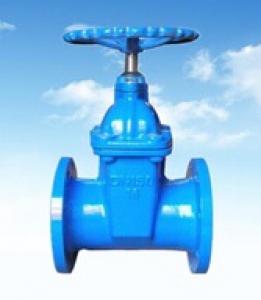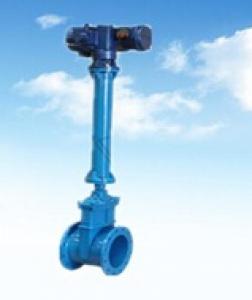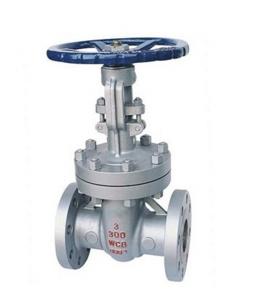Gate Valve1.6Mpa,2.5MpaHydraulically Dredge
- Loading Port:
- Tianjin
- Payment Terms:
- TT OR LC
- Min Order Qty:
- 150 kg
- Supply Capability:
- 10000 kg/month
OKorder Service Pledge
OKorder Financial Service
You Might Also Like
1.Structure of Gate Valve Description:
A gate valve, also known as a sluice valve, is a valve that opens by lifting a round or rectangular gate/wedge out of the path of the fluid. The distinct feature of a gate valve is the sealing surfaces between the gate and seats are planar, so gate valves are often used when a straight-line flow of fluid and minimum restriction is desired. The gate faces can form a wedge shape or they can be parallel. Gate valves are primarily used to permit or prevent the flow of liquids, but typical gate valves shouldn't be used for regulating flow, unless they are specifically designed for that purpose. Because of their ability to cut through liquids, gate valves are often used in the petroleum industry. For extremely thick fluids, a specialty valve often known as a knife valve is used to cut through the liquid. On opening the gate valve, the flow path is enlarged in a highly nonlinear manner with respect to percent of opening. This means that flow rate does not change evenly with stem travel. Also, a partially open gate disk tends to vibrate from the fluid flow. Most of the flow change occurs near shutoff with a relatively high fluid velocity causing disk and seat wear and eventual leakage if used to regulate flow. Typical gate valves are designed to be fully opened or closed.When fully open, the typical gate valve has no obstruction in the flow path, resulting in very low friction loss.
2. Main Features of the Gate Valve:
• Valve body cavity using non-toxic epoxy resin,both inside and outside flashboard completely is coated with rubber
• Free of water pollution
• High manufacturing accuracy
• High strength
• Environmental protection and energy saving
• Good visual effect
3. Images
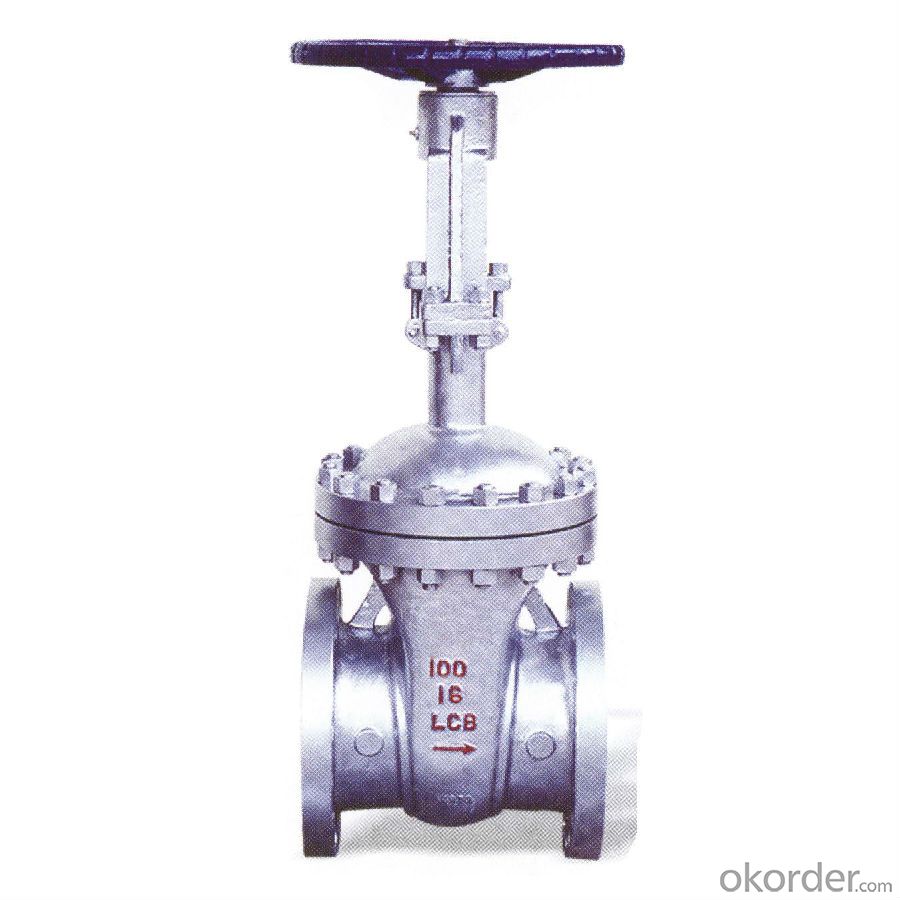
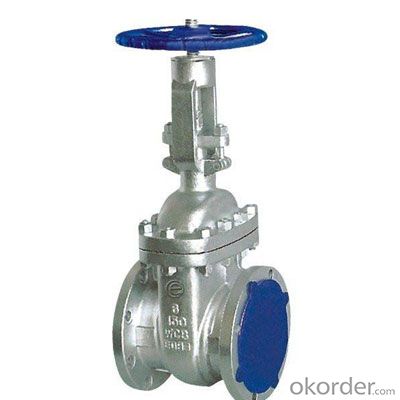
4. Gate valve Specification
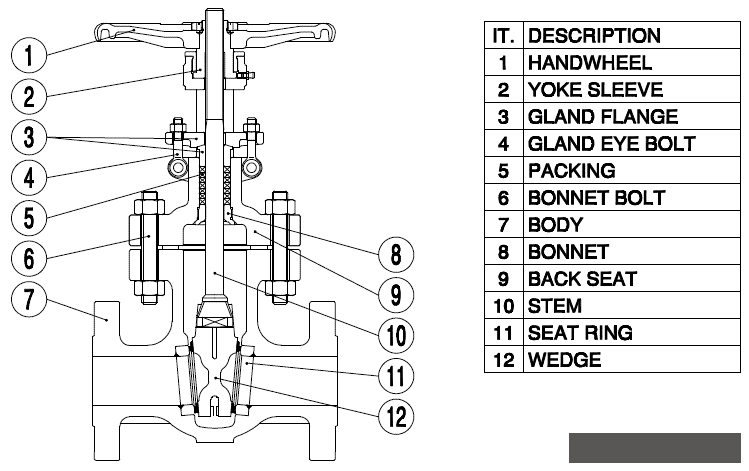
5.FAQ
1. What's are the characteristics of gate valve?
The distinct feature of a gate valve is the sealing surfaces between the gate and seats are planar, so gate valves are often used when a straight-line flow of fluid and minimum restriction is desired. The gate faces can form a wedge shape or they can be parallel.
2. What is the work principle of gate valve ?
The gate faces can form a wedge shape or they can be parallel. Gate valves are primarily used to permit or prevent the flow of liquids, but typical gate valves shouldn't be used for regulating flow, unless they are specifically designed for that purpose. Because of their ability to cut through liquids, gate valves are often used in the petroleum industry.
3. What is the structure?
Bonnets provide leakproof closure for the valve body. Gate valves may have a screw-in, union, or bolted bonnet. Screw-in bonnet is the simplest, offering a durable, pressure-tight seal. Union bonnet is suitable for applications requiring frequent inspection and cleaning. It also gives the body added strength. Bolted bonnet is used for larger valves and higher pressure applications.
- Q: The difference between cut-off valve and gate valve
- The working principle is different. The stop valve is an upward stem type, and the handwheel rotates and rises with the stem. Valve is hand wheel rotation, stem upward movement. Flow is not the same, the gate valve requires full open, the cut-off valve is not the same. The gate valve has no inlet and outlet direction requirements, and the cut-off valve has the required inlet and outlet!Gate valve and stop valve are shut-off valve, is the most common two valves.From the exterior, the gate valve is shorter than the cut-off valve, especially the bar valve needs a higher height space. Valve sealing surface has a certain degree of self sealing capacity, its spool depends on the media pressure tight contact with the valve seat sealing surface, to achieve tight leakage. Wedge gate valve spool angle is generally 3~6 degrees, when forced to shut down excessive or temperature changes of the valve core is easy to die. Therefore, high temperature and high pressure wedge gate valve, in the structure have taken certain measures to prevent spool stuck. The valve in the opening and closing valve and valve seat sealing surface contact and mutual friction is always so easy to wear sealing surface, especially in close off the valve, the valve before and after the great pressure, sealing surface wear is more serious.
- Q: Z41T one 10 gate valve and Z44T one, 10 gate valve difference
- Z41T one, 10 is single gate, Z44T one, 10 is double gateAccording to the provisions of the JB/T 308-2004 valve type programming method:Z== gate valve4== connection: flange type1== structure: Rigid single gate4== structure: Rigid double gateT== sealing surface material: copper alloy10== pressure rating: 1.0MPa
- Q: What's the difference between open rod gate and dark rod gate valve?
- 4, the dark pole gate valve height smaller size; Ming rod gate valve requires a larger installation space;5, the structure of the rod gate valve is beneficial to the lubrication of the valve stem, and the degree of opening and closing is obvious. The stem thread of the dark rod gate valve is not only unable to lubricate, but also directly accepts the medium erosion and is easy to damage. Therefore, the open bar gate valve is used more widely
- Q: Which is more expensive, bronze gate valve or brass gate valve?
- The advantage of casting method is more obvious. The casting of stainless steel is much more difficult than that of brass.
- Q: What does gate valve do?
- Gate valve structure, upstairs said about the same, but it can only rough adjustment flow, you may drive it to 30%, he will flow through 65% traffic, you can drive him to 70%, he also flow through 75% traffic. However, the fluctuation is small and can be used for rough adjustment of flow. What's more, half open and half closed are some of the effects on their life span.
- Q: What kind of copper gate valve copper content standards, there are no national standards?
- Copper gate valves are made of brass and bronze, and the national standard does not require copper content.
- Q: What is the wedge type gate valve wedge is what mean
- According to the gate can be divided into the form of parallel wedge type. (1) wedge type gate. Wedge type gate the sealing surface of a certain angle with the vertical center line of the gate, the size of angle depends on the medium temperature and diameter size. General medium temperature is higher, and the greater the inclination angle is bigger, in order to prevent the temperature change when the gate is stuck, unable to open. Wedge gate sealing than the parallel well.
- Q: What does valve qz45x - 10q mean?
- Crown valve pressWhat does Q stand for? I'm not sure. It's probably made of ductile iron"Z" means "gate valve"4 represents flange connection5 represents the dark bar (1 represents the Ming pole)X stands for rubber seal and soft seal10q stands for 10 pressure
- Q: What's the meaning of flexible z45x-10q door valve?
- Crown valve pressModel Z45X-10QZ refers to gate valve4 finger flange connection5 refers to the dark bar driveX refers to rubber seals10 refers to 10 kg pressureQ refers to the body material, ductile ironFull bore flange soft sealed gate valve
- Q: What is wire feed gate valve? What do you say in French?
- Point to the wire gate valve. Refers to the valve body with internal thread or external thread, and pipe thread connection. Also called thread valves, threaded valves, valves within the toothFlange gate valve is connected to the flange gate valve, this connection is the most common wayThe main difference is the connection
Send your message to us
Gate Valve1.6Mpa,2.5MpaHydraulically Dredge
- Loading Port:
- Tianjin
- Payment Terms:
- TT OR LC
- Min Order Qty:
- 150 kg
- Supply Capability:
- 10000 kg/month
OKorder Service Pledge
OKorder Financial Service
Similar products
Hot products
Hot Searches
Related keywords
